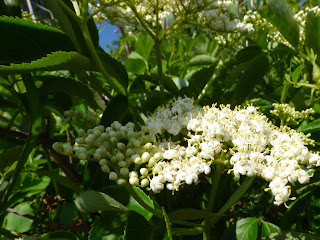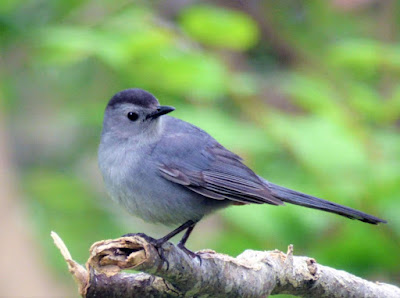Chicken of the Woods, a fungi unlike any other

by Sue Pike appeared week of August 28 2017 in the York Weekly, Portsmouth Herald, Foster's Daily and more I was hiking up Mt Moosilauke last weekend. Toward the start, about 20 feet back from the trail, a Chicken of the Woods mushroom beckoned to us. The size of a stop sign, at least a couple pounds in weight, its bright yellow color glowing, it seemed to be asking us to come collect and eat it. We still had many miles to go so we decided to pick it up on the return. Coming back down we looked and looked but couldn’t find it, I think this loss is probably going to haunt me forever. It looked like the most perfect Chicken of the Woods fungi I have ever seen. Chicken of the Woods on an old oak Sue Pike photo While I love the subtlety of nature, I also like things that are easy to identify - blue jays and cardinals, oak and maple trees, and edible mushrooms that cannot be mistaken for anything else. Chicken of the Woods fungi are one such mushroom. If you know ...












